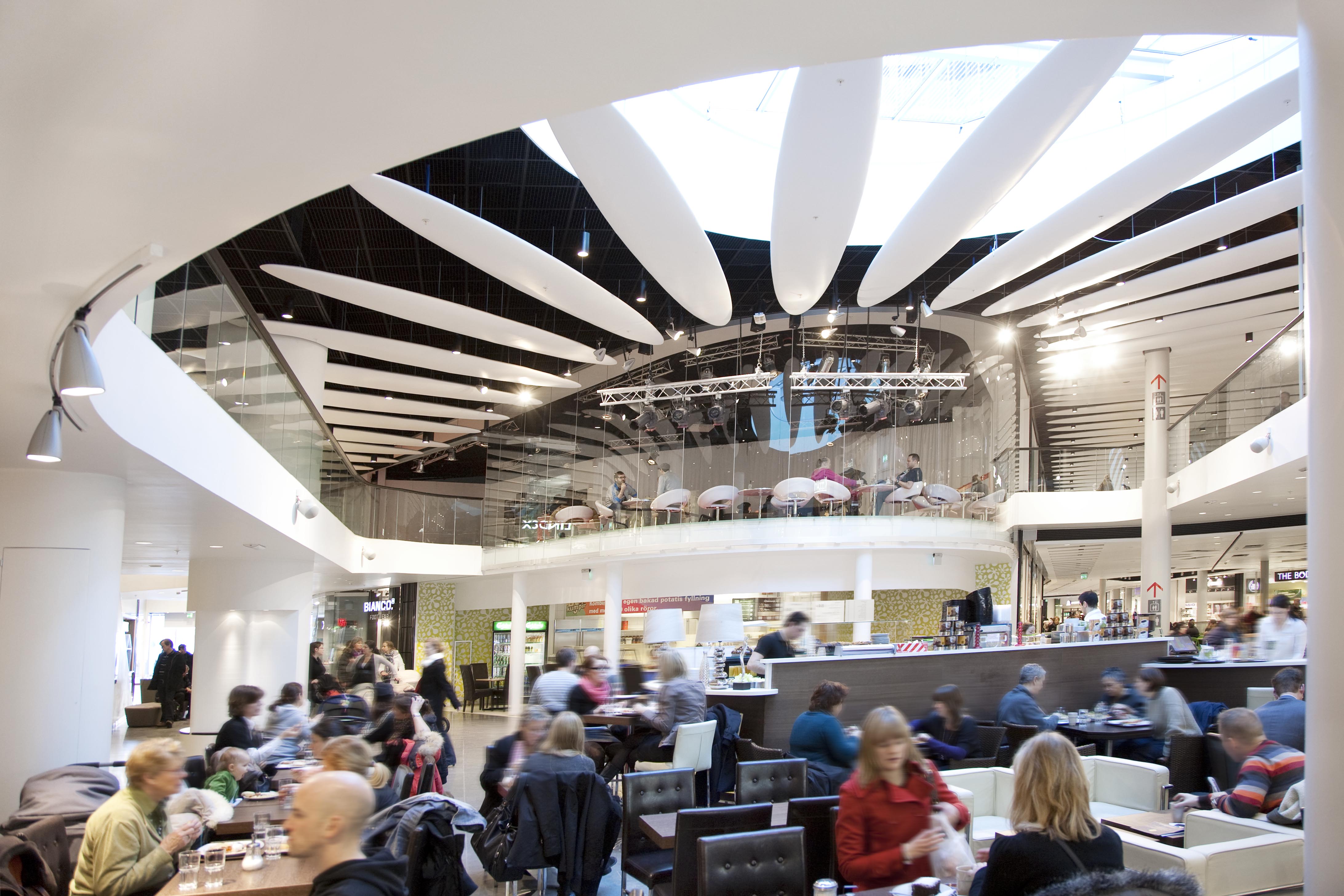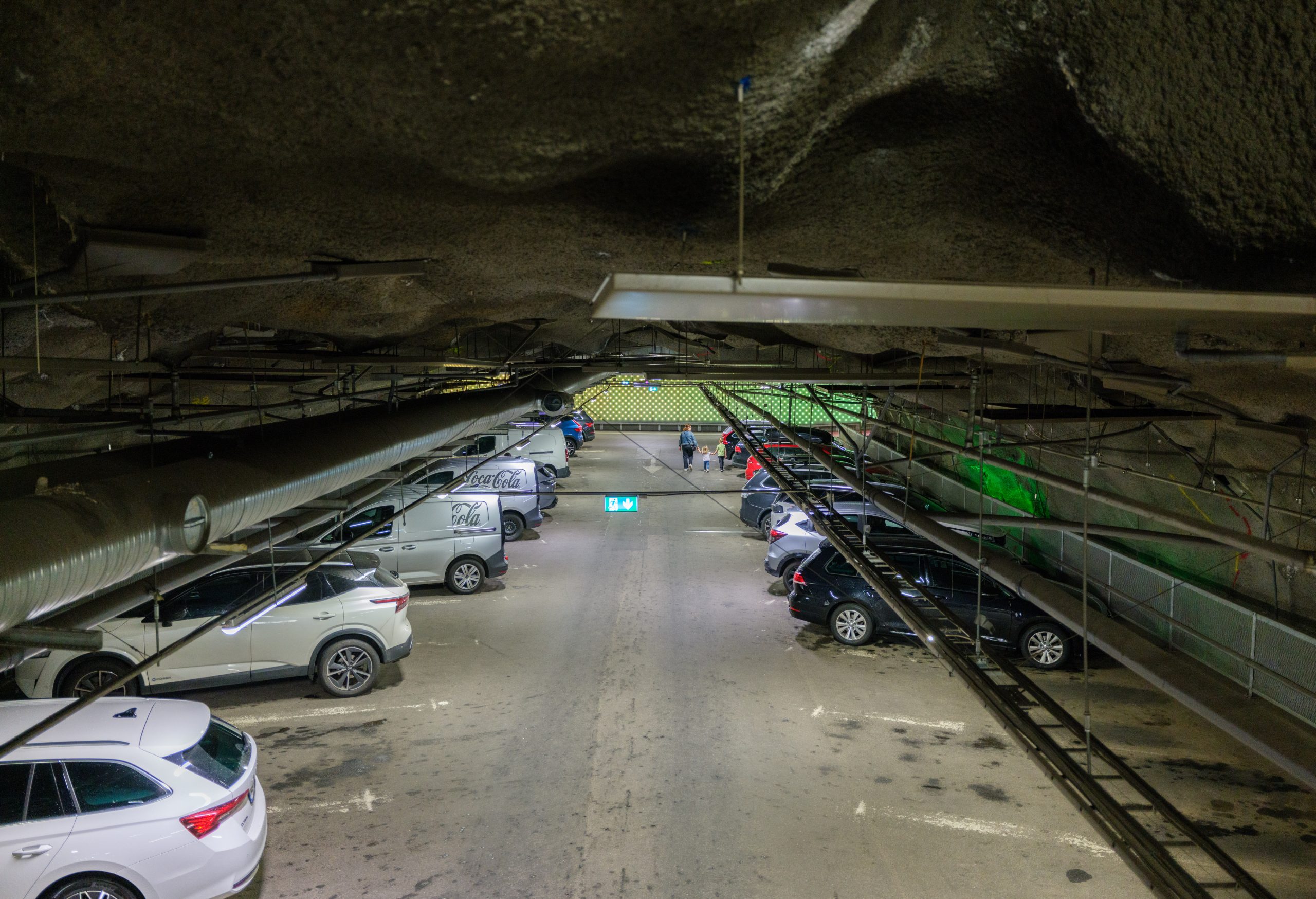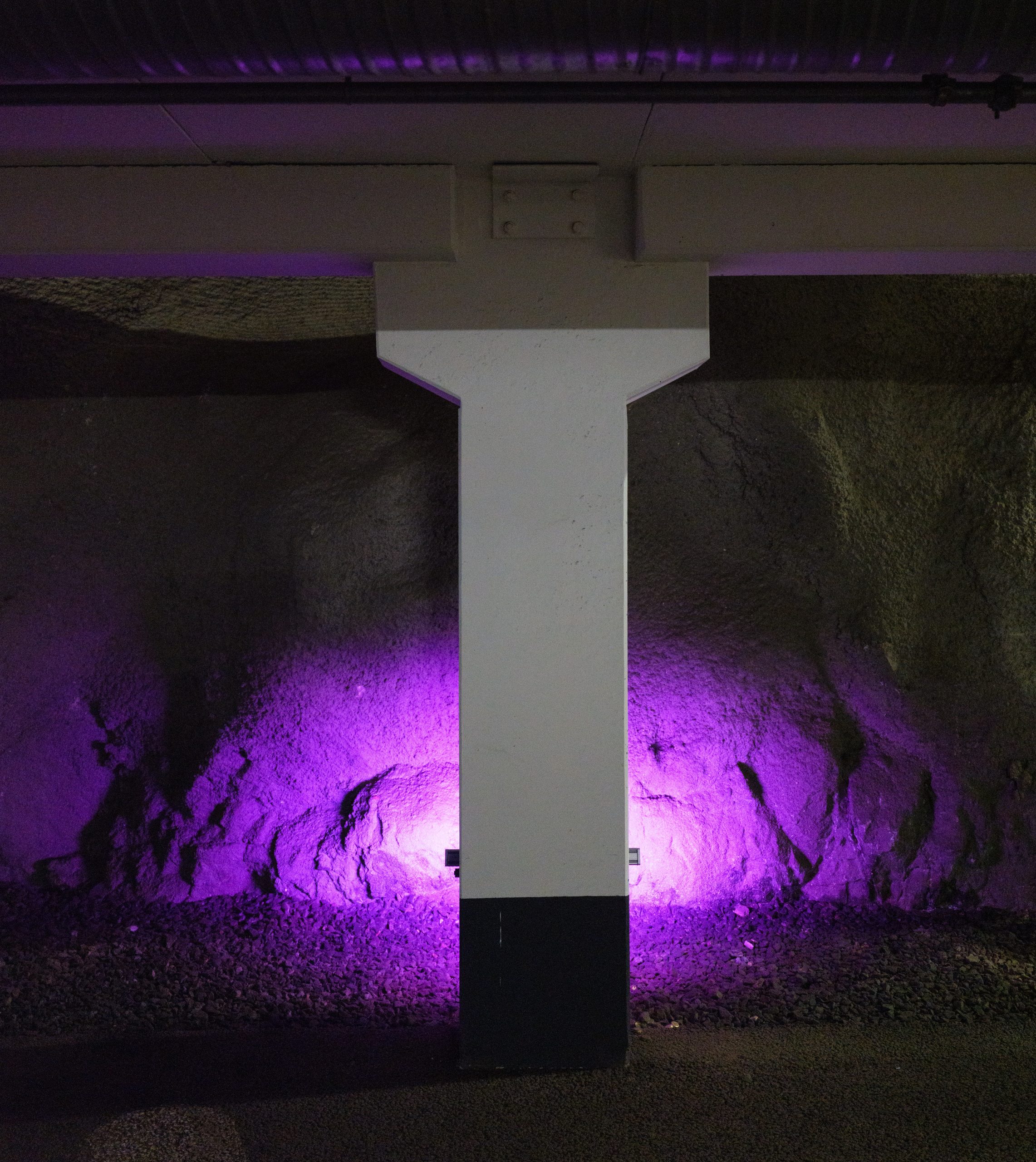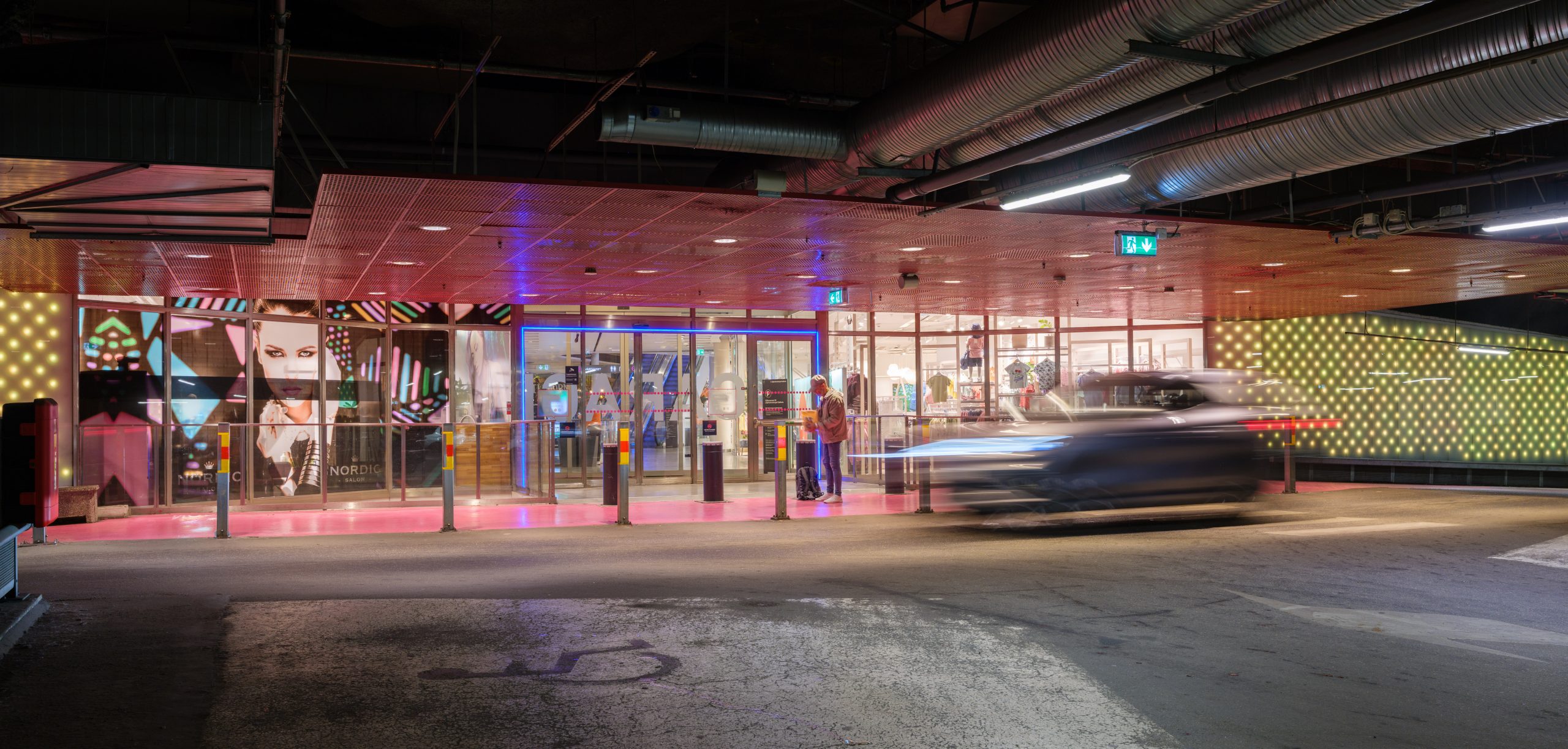URBAN LIFE AT ITS HEART
At Wester+Elsner Architects we realised early on that any space should meet a multitude of needs for visitors – and not just one at a time. Liljeholmstorget’s shopping centre is a good example of a multifunctional complex that continues to serve several key needs for Stockholm residents.
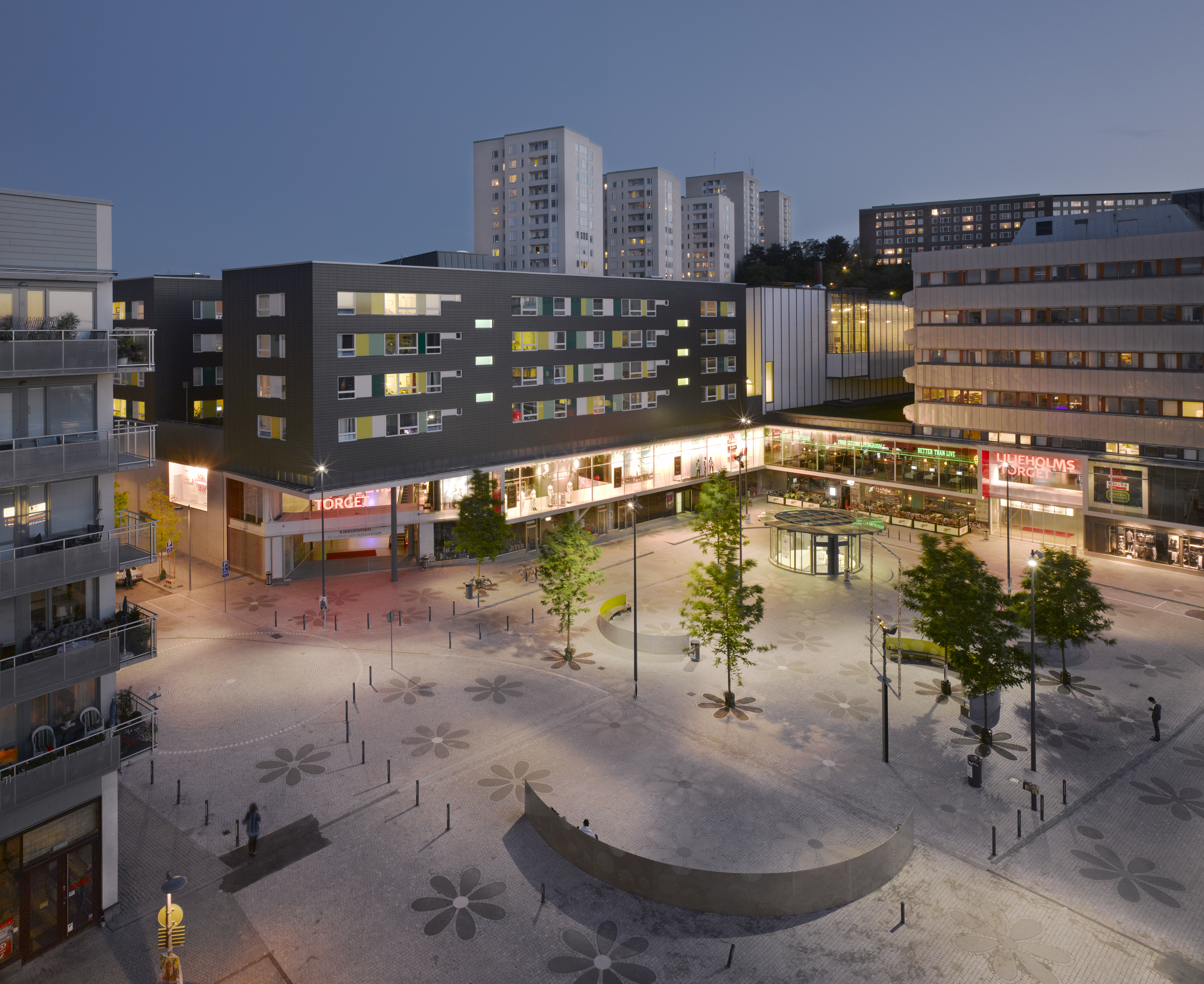
ENORMOUS POTENTIAL
Liljeholmstorget is a project that has developed over a long period of time and under several clients. Initially, the idea was to build a cinema palace for the now defunct cinema chain Sandrews, who brought in partners to develop it into more than just a cinema. At the time, in the early 2000s, Liljeholmen was mostly a parking lot and a gravel slope up towards Nybohovsbacken, without buildings – despite its central location.
We were already convinced that the location had enormous potential for urban development.
After a few years of development and a new zoning plan, Citycon acquired the project and carried out a 3D property formation. Citycon chose to continue working with Wester+Elsner because we understood the flows and the challenges of the location and could therefore contribute to creating the best solution for the retail space.
In the fall of 2009, a crucial piece of the puzzle for Liljeholmen’s development was added, when the square area was expanded and the district received a substantial addition of retail and service in Liljeholmstorget Galleria.
The project was carried out in close collaboration with Heba and Equator Stockholm, where we at Wester+Elsner were responsible for the ideas, design and planning of the retail areas and the connection to the subway.
In line with the property owner Citycon’s high ambition in environmental and sustainability issues, the project was LEED certified as the first shopping center in Europe to the highest rating of “platinum”.
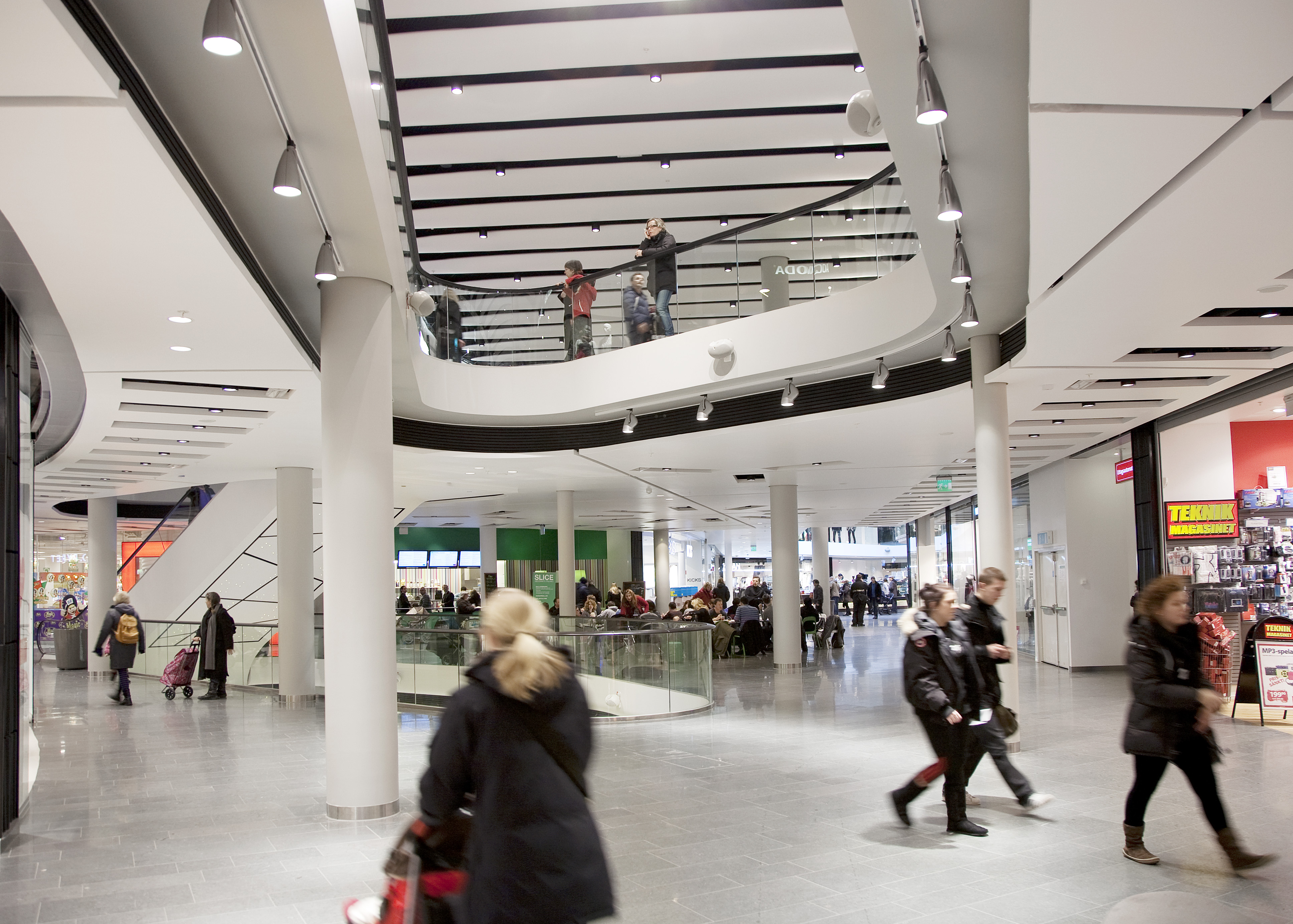
The project had major challenges in the large topographical height differences on the site and locked positions for possible entrances.
In addition, there was an older building to connect with that provided its conditions.
This resulted in a solution with curved customer streets and several different entrances towards the square, directly to the subway and the underground garage at the rear of the facility. The garage is blasted into the rock on two floors and has space for 900 cars. The organically shaped customer streets and different floor heights in different parts of the complex gave rise to design solutions that can handle both curves and height differences. Examples of this are the “ice floe ceilings” and the “surfboards” on the top floor. The latter are inspired by skeletal structures and wings. The function they provided was coherent internal ceilings that could rise, fall, tilt and turn and adapt to the varying spatial conditions.
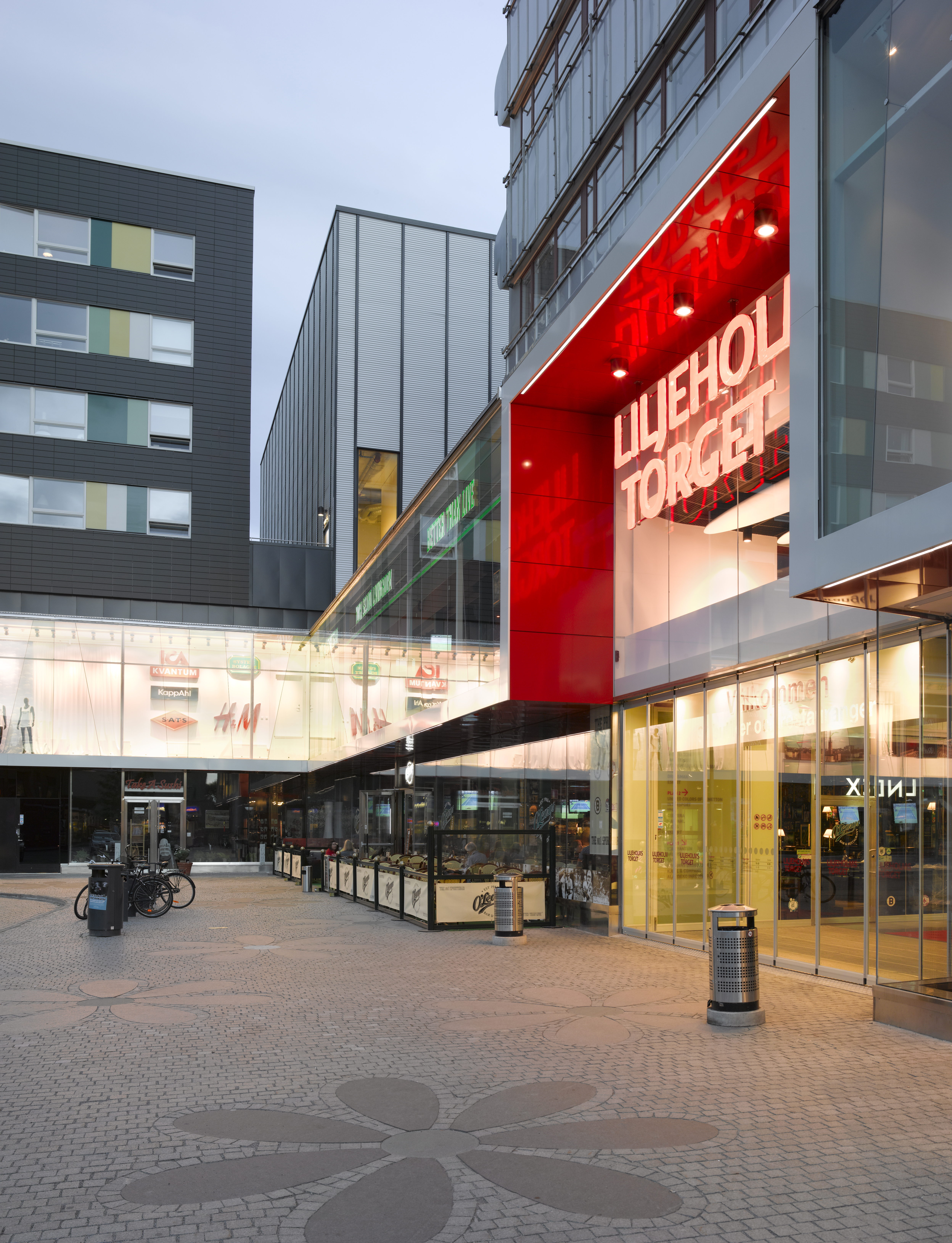
STRATEGIC POSITION
The three-level Liljeholmstorget shopping mall is a well-integrated part of the larger Liljeholmstorget project. With a wide range of retail and service offerings and a varied range of other content such as a local hospital, childcare center, workplaces, housing, gyms, etc., it is one of the first examples of us leaving “single-use” urban development behind us, and instead building multifunctionally with a comprehensive content that provides urban life. With its strategic location and a structure that reaches many different levels, the center is directly connected to surrounding housing, the subway, the commuter rail, buses and its own underground garage on several floors, something that both ensures and facilitates good flows throughout the entire complex.
The Liljeholmstorget shopping mall has confirmed our thesis that multifunctional urban development was and is the future.
Liljeholmstorget has been awarded the “best shopping center” award for many years in a row and the business is doing brilliantly.
